Description
This stack is designed to provide educators with the tools to create high-quality literacy instruction to improve student achievement in writing.
What You'll Demonstrate
You will demonstrate the essential components of analyzing, designing, and implementing literacy instruction through a variety of instructional strategies.
Who Should Apply
- PK12 educators
- Instructional coaches
- Literacy coaches/interventionists
- Education support professionals
Micro-credentials
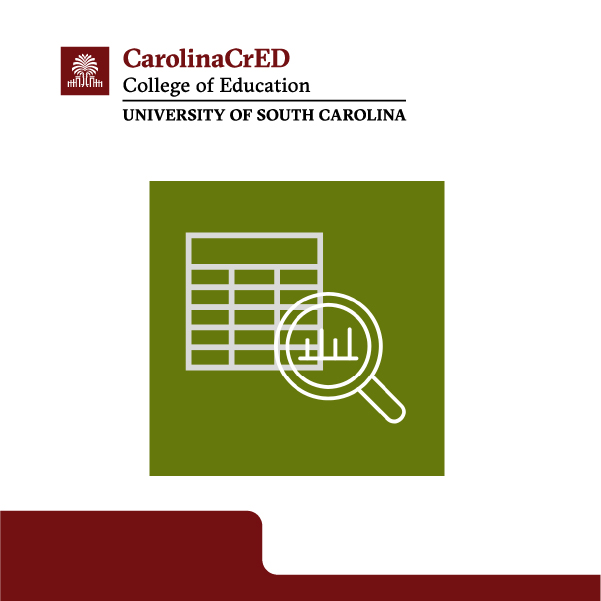
Analyzing a Holistic Rubric
The educator demonstrates the ability to effectively analyze students’ writing samples with a holistic rubric.
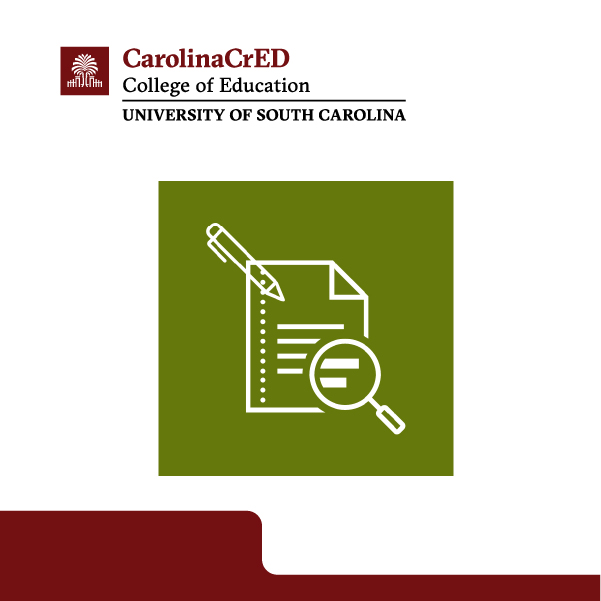
Creating Text-Dependent Analysis Prompts
The educator develops text-dependent analysis (TDA) prompts that require students to analyze specific reading element(s) (i.e., literary devices, text features) and/or text structure.

Designing Learning Progressions: Whole Class
The educator creates learning progressions as a tool for learners to self-assess.

Facilitating Organizational Strategies
The educator introduces strategies that allow students to create an organizational structure that aligns to the purpose of the writing.

Facilitating Prewriting Strategies
The educator facilitates specific prewriting strategies to generate ideas for writing aligned to specific tasks and purposes.

Facilitating Revision Strategies
The educator provides instruction on the role of revision to help students move from a draft toward an effective piece of writing which aligns to their purpose.

Facilitating Writing Conferences
The educator facilitates conferences with students to assist them in moving forward with their writing.

Introducing Editing Strategies (6-12)
The educator introduces strategies that allow students to effectively edit their writing.

Introducing Organizational Writing Strategies
The educator plans for introducing students to organization and its impact on a piece of writing aligned to task and purpose.

Planning for Writing: Educator
The educator demonstrates proficiency in prewriting by explaining the relationship between writing task and writing purpose, reviewing prewriting strategies, and using a prewriting strategy to complete a piece of writing.

Reading Like a Writer
The educator models how to read like a writer and analyzes two students’ ability to read like a writer.

Selecting TDA Cross-Curricular Texts
The educator demonstrates the ability to select a standards-based, cross-curricular text to be used for text dependent analysis (TDA) instruction or assessment using quality selection criteria.

Whole Part Whole
The educator models a writing task by dividing it into whole-part-whole and analyzes the effectiveness of this method.
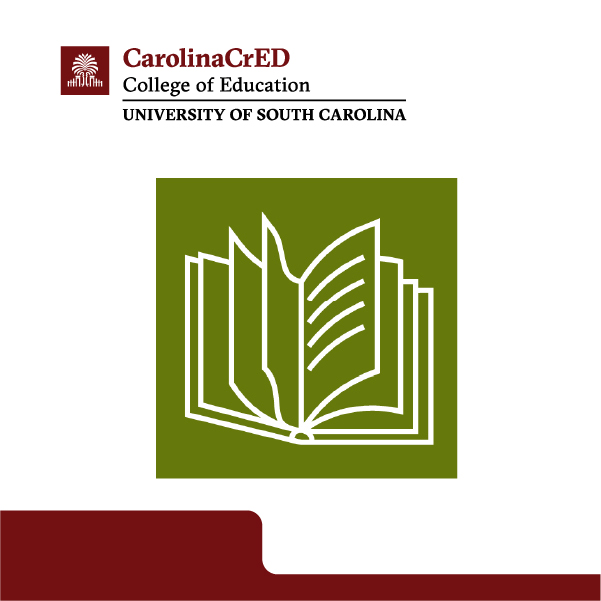
Writing Organization: Mentor Texts
The educator facilitates the instruction of organizational formats for writing by analyzing mentor texts.
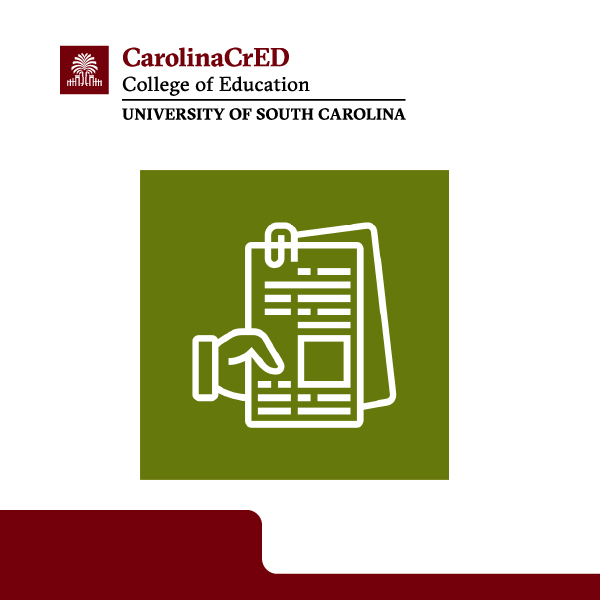
Analyzing Student Argument Writing
The educator analyzes student argument writing samples for strong thesis statements and supported claims.

Analyzing Student Writing Samples
The educator analyzes student writing samples using a rubric to identify implications for writing instruction.
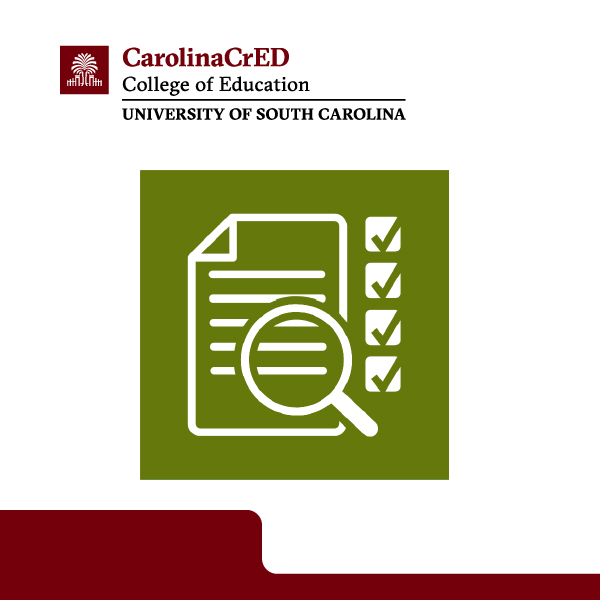
Assessing Writers
The educator assesses students’ writing to determine students’ instructional needs at the beginning of the academic year.

Facilitating Audience and Voice
The educator provides instruction on the role of audience and voice in writing to help students create a writing that aligns to its purpose.

Introducing Prewriting Strategies
The educator introduces students to specific prewriting strategies to generate ideas for writing aligned to specific tasks and purposes.

Teaching Character Development in Narratives
The educator develops a mini-lesson for teaching character development in narrative writing.
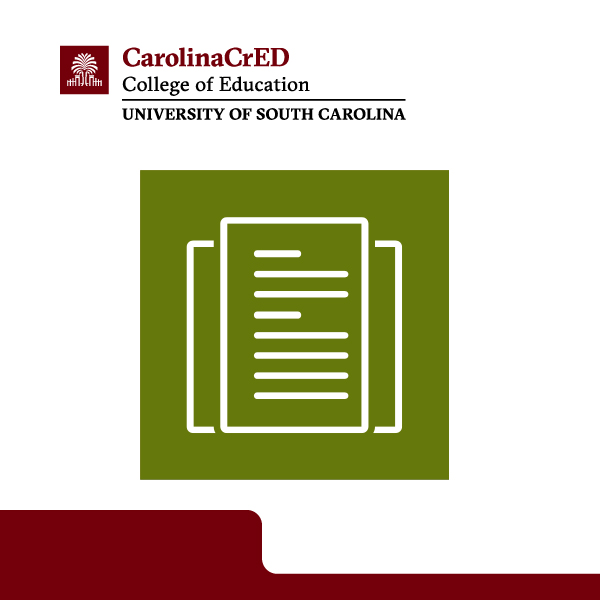
Using Narrative Mentor Texts
The educator develops a mini-lesson to teach narrative writing using mentor texts.